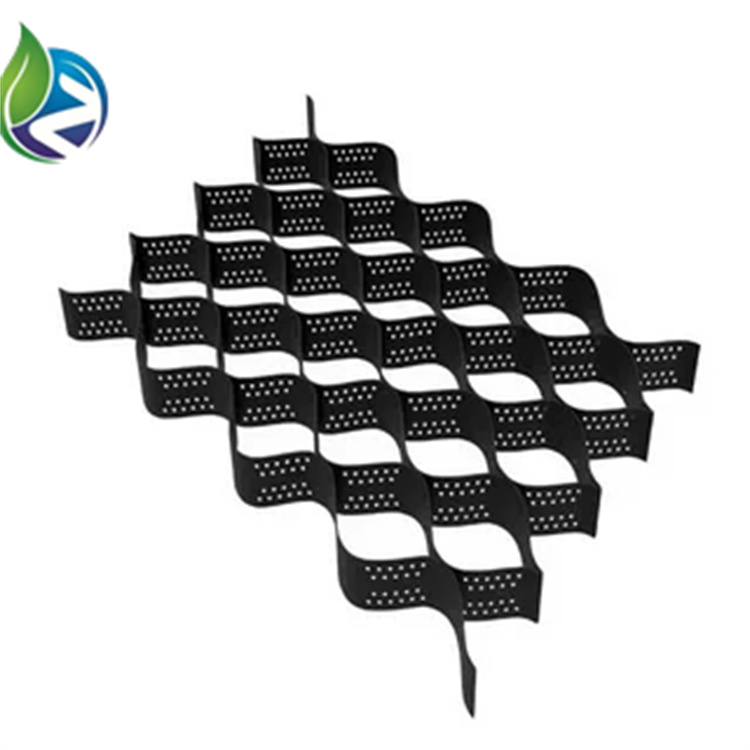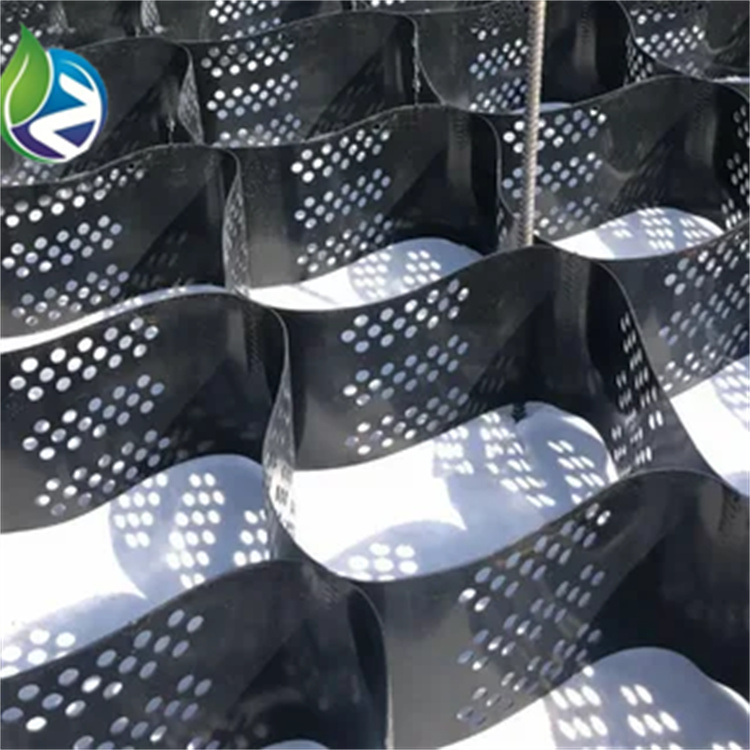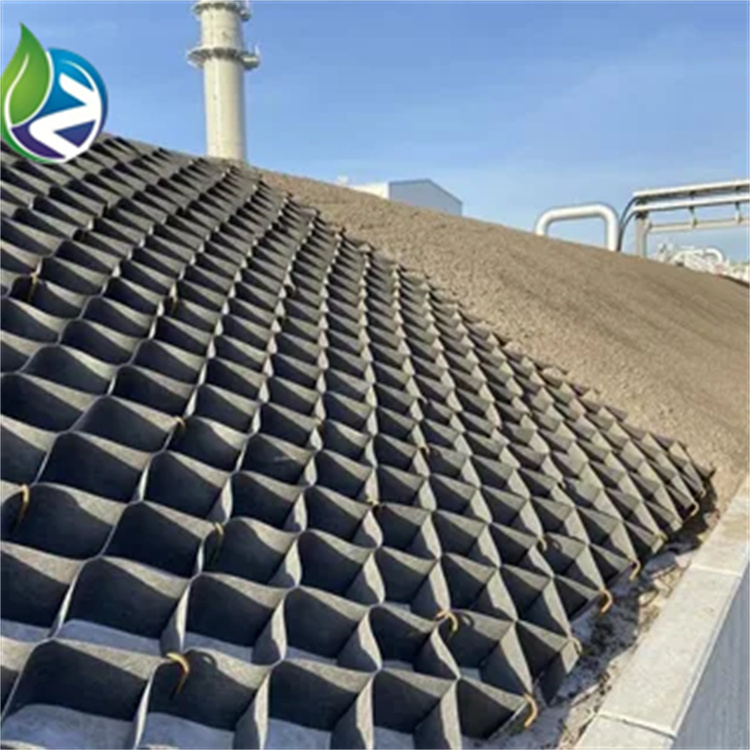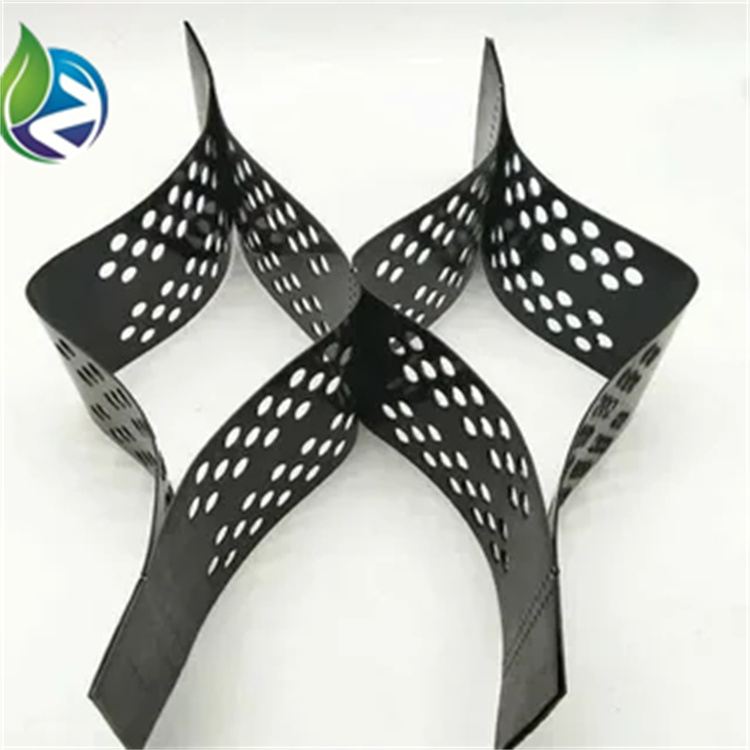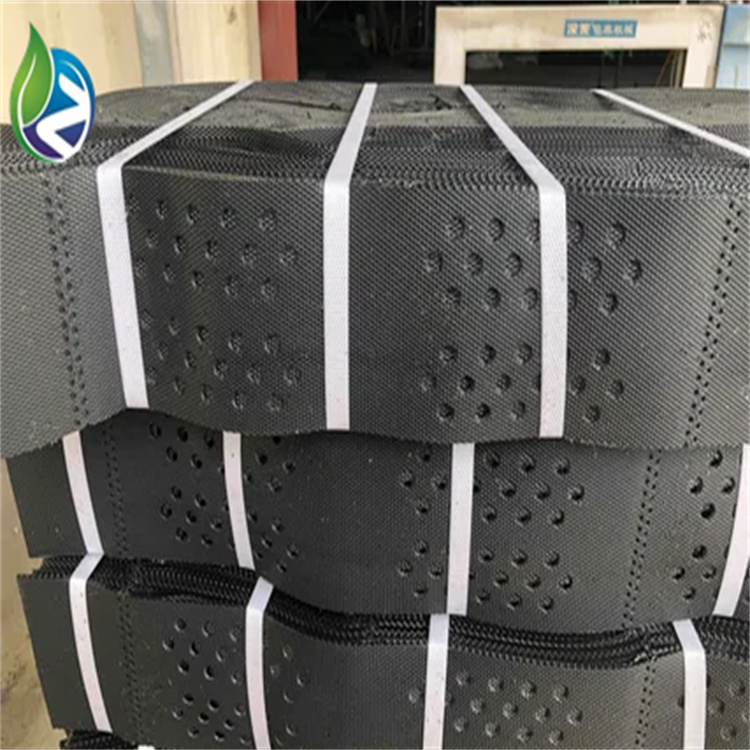Road Reinforcement Geocell
Geocell is a new kind of synthetic material.
It is made of high strength HDPE (high density polyethylene) or PP (polypropylene) copolymer broadband, through strong welding or riveting and formed a mesh cell structure, a honeycomb three-dimensional structure. The appearance is usually black or white, the whole is a network, and the shape of the cell is mostly square or rectangular, which can be made according to actual needs.
Support bulk ordering with favorable prices.
Support ODM/OEM.
The factory has stock and fast delivery.
Delivery Time: 10-20 working days
Minimum Order Quantity: 300 square meters
Payment Term: 30% T/T Deposit, 70% T/T Before Shipping
In modern infrastructure development, road reinforcement geocell technology is revolutionizing the way we approach soil stabilization and load distribution. Whether it’s highways, rural roads, or heavy-duty industrial access paths, road reinforcement geocell systems offer an advanced, cost-effective, and eco-friendly solution for enduring road performance.
What Is a Road Reinforcement Geocell?
A road reinforcement geocell is a three-dimensional, honeycomb-like structure made from high-density polyethylene (HDPE), polymer, or other durable materials. When expanded and filled with granular material such as soil, gravel, or sand, the road reinforcement geocell forms a strong, interconnected matrix that significantly enhances the load-bearing capacity of the roadbed.
This cellular confinement system not only restricts the lateral movement of fill materials but also distributes applied loads more efficiently, reducing rutting, cracking, and surface deformation. It is particularly ideal for weak or soft subgrades that cannot support traditional pavement structures.
Why Choose Road Reinforcement Geocell?
With infrastructure demands rising and budgets tightening, road reinforcement geocell technology presents a smarter, more resilient alternative to conventional reinforcement methods. Here are the top benefits:
1. Superior Load Distribution
The cellular structure of the road reinforcement geocell ensures uniform stress distribution, even under heavy dynamic and static loads. This minimizes differential settlement and prolongs the road’s lifespan.
2. Cost Savings
Because road reinforcement geocell systems allow for the use of locally available and lower-grade fill materials, they reduce transportation and material costs significantly. Contractors also save on excavation depth and construction time.
3. Sustainability and Environmental Benefits
Using a road reinforcement geocell reduces the carbon footprint by cutting down on virgin material usage. Moreover, it facilitates better water permeability, preventing erosion and preserving natural drainage patterns.
4. Improved Structural Integrity
On slopes, marshlands, or loose soil areas, a road reinforcement geocell offers unmatched resistance to lateral and vertical displacement, reinforcing the road’s structural base.
5. Versatile Applications
From haul roads and embankments to military routes and temporary access paths, road reinforcement geocell systems adapt to various terrains and climates without compromising strength.
How Road Reinforcement Geocell Works
Once laid on the prepared subgrade, the road reinforcement geocell is expanded to its designed dimensions and filled with granular materials. The confinement effect from the geocell walls significantly improves shear strength, and its interconnected cells act as a semi-rigid mat that resists vertical pressure and lateral movement.
This system transforms weak subgrades into a robust foundation capable of handling traffic loads, water flow, and weather stress with ease. Whether you're building in arid deserts, rain-soaked jungles, or frost-prone regions, a road reinforcement geocell delivers reliability.
Comparing Geocell vs. Traditional Road Reinforcement
| Feature | Road Reinforcement Geocell | Traditional Reinforcement |
|---|---|---|
| Load Distribution | Excellent | Moderate |
| Installation Time | Fast | Slower |
| Material Cost | Lower | Higher |
| Environmental Impact | Low | High |
| Maintenance Needs | Minimal | Frequent |
Clearly, road reinforcement geocell technology outperforms traditional methods across critical parameters, making it the future of road engineering.
Key Industries Using Road Reinforcement Geocell
Mining and Oil & Gas: Heavy-duty access roads for vehicles and equipment.
Agriculture and Forestry: Stabilizing access routes across farmland and forests.
Military and Disaster Relief: Rapid-deployment roads in remote or unstable regions.
Civil Infrastructure: Urban and rural road construction and rehabilitation.
Wherever soil stabilization and reliable access are needed, road reinforcement geocell delivers.
Design Considerations for Road Reinforcement Geocell Projects
While road reinforcement geocell systems are versatile, optimal performance depends on proper design and installation. Consider the following:
Subgrade Conditions: Soil type, moisture content, and load-bearing capacity.
Traffic Load: Frequency and intensity of vehicular loads.
Geocell Depth: Typically between 100mm–200mm depending on application.
Infill Material: Use well-graded granular materials for best results.
Drainage: Ensure proper sub-surface and surface drainage to prevent water buildup.
A thorough engineering analysis helps maximize the benefit of your road reinforcement geocell investment.
Case Study: Boosting Road Lifespan in Wetlands with Road Reinforcement Geocell
In a recent infrastructure project in Southeast Asia, engineers faced major setbacks due to road failure in swampy terrain. By incorporating a road reinforcement geocell solution, they reduced construction time by 35%, improved load-bearing capacity by over 200%, and eliminated rutting issues for over five years.
This project highlighted how road reinforcement geocell technology performs under extreme conditions where traditional solutions often fail.
Installation Process of Road Reinforcement Geocell
Site Preparation: Clear vegetation and level the subgrade.
Geotextile Placement (Optional): For additional separation or filtration.
Geocell Expansion: Unfold and expand the road reinforcement geocell to desired dimensions.
Anchoring: Fix the geocell in place using stakes or pins.
Infill Placement: Fill cells with gravel, crushed stone, or soil.
Compaction: Compact the infill material for maximum performance.
Capping Layer: Optional asphalt or concrete layer for surface finishing.
Each step ensures the road reinforcement geocell delivers maximum reinforcement and longevity.
Common Misconceptions About Road Reinforcement Geocell
"It’s only for temporary roads."
In reality, road reinforcement geocell is widely used in permanent infrastructure projects."Installation is complex."
On the contrary, it is faster and easier than laying traditional reinforcement layers."It doesn’t work in extreme climates."
Field data proves road reinforcement geocell performs exceptionally well across arid, wet, and frozen environments.
Future Outlook: Road Reinforcement Geocell in Smart Infrastructure
As the world leans towards smart, green, and resilient infrastructure, road reinforcement geocell systems will play an even more prominent role. With advancements in materials, design software, and installation techniques, road reinforcement geocell technology is primed to drive sustainable development across the globe.
Governments and private developers alike are increasingly adopting geocells as part of long-term infrastructure planning due to their durability, adaptability, and lower lifecycle costs.
Where to Buy Quality Road Reinforcement Geocell
Choosing a reliable supplier is crucial. Ensure the road reinforcement geocell you purchase meets international standards such as ISO and ASTM. Look for manufacturers with proven track records, quality testing protocols, and technical support teams that can guide you from design to installation.
Final Thoughts
Road reinforcement geocell technology has shifted the paradigm of how we construct roads over challenging terrains. With benefits like cost-efficiency, enhanced durability, environmental friendliness, and faster installation, it’s no surprise that road reinforcement geocell systems are becoming a global standard in road construction.
Whether you’re a civil engineer, contractor, or policymaker, integrating road reinforcement geocell into your next project can ensure longer-lasting, sustainable roads with lower maintenance demands.

